


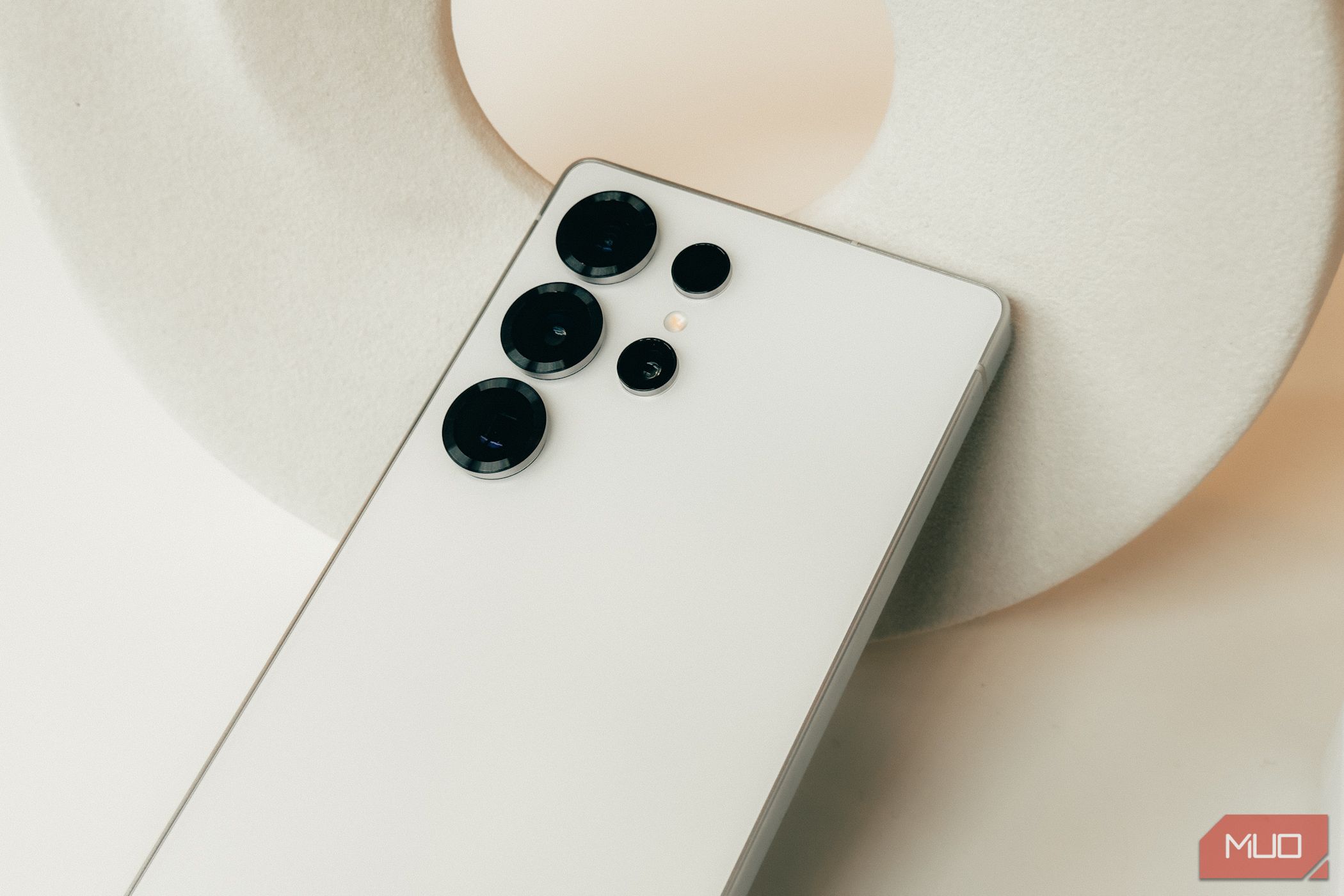
The Samsung Galaxy series stands out for pushing the boundaries of what mobile photography can achieve, and the latest models—like the Galaxy S25—are no exception. While millions of users snap photos daily, few tap into the extensive professional-grade options available within the stock camera app. A prime example is Pro Mode, which allows advanced manual oversight of ISO, white balance, shutter speed, and focus, letting users experiment and fine-tune shots similar to how they would with a DSLR. Seasoned mobile photographers use these controls to overcome challenging lighting conditions or capture motion blur for creative effects, directly on their smartphone.
Another game-changing feature is the AI-powered Scene Optimizer, which recognizes over 30 different settings, such as food, pets, landscapes, and even sunsets. Once activated, it automatically tweaks colors, contrast, and exposure in real-time, ensuring photos look studio-quality with zero effort. For users aiming to capture life's fleeting moments, Single Take is a standout innovation. With a single tap, the app records a flurry of stills and short videos using various effects and lenses, then curates the best results for you—a boon for parents, travelers, and content creators who can't afford to miss the perfect shot.
Expert photographers highlight how such features democratize access to creative tools once reserved for professionals. Social media influencers credit these advanced options with raising the caliber of their posts without investing in expensive camera rigs. Samsung consistently updates its camera software based on user feedback, so features like Super Steady video for action shots, or advanced night mode for crisp low-light photography, continue to improve.
Real-world examples show how these features translate to tangible results: travel bloggers document entire journeys using only their phones, and small business owners create high-impact visuals for marketing on Instagram and TikTok, giving them a competitive edge. Samsung’s integration of AI also helps reduce the learning curve for beginners, making it easier to unlock creative potential. As the line blurs between phone and camera, users who explore these hidden features can elevate their mobile photography, resulting in more dynamic, expressive, and professional-looking images, all from the device in their pocket.
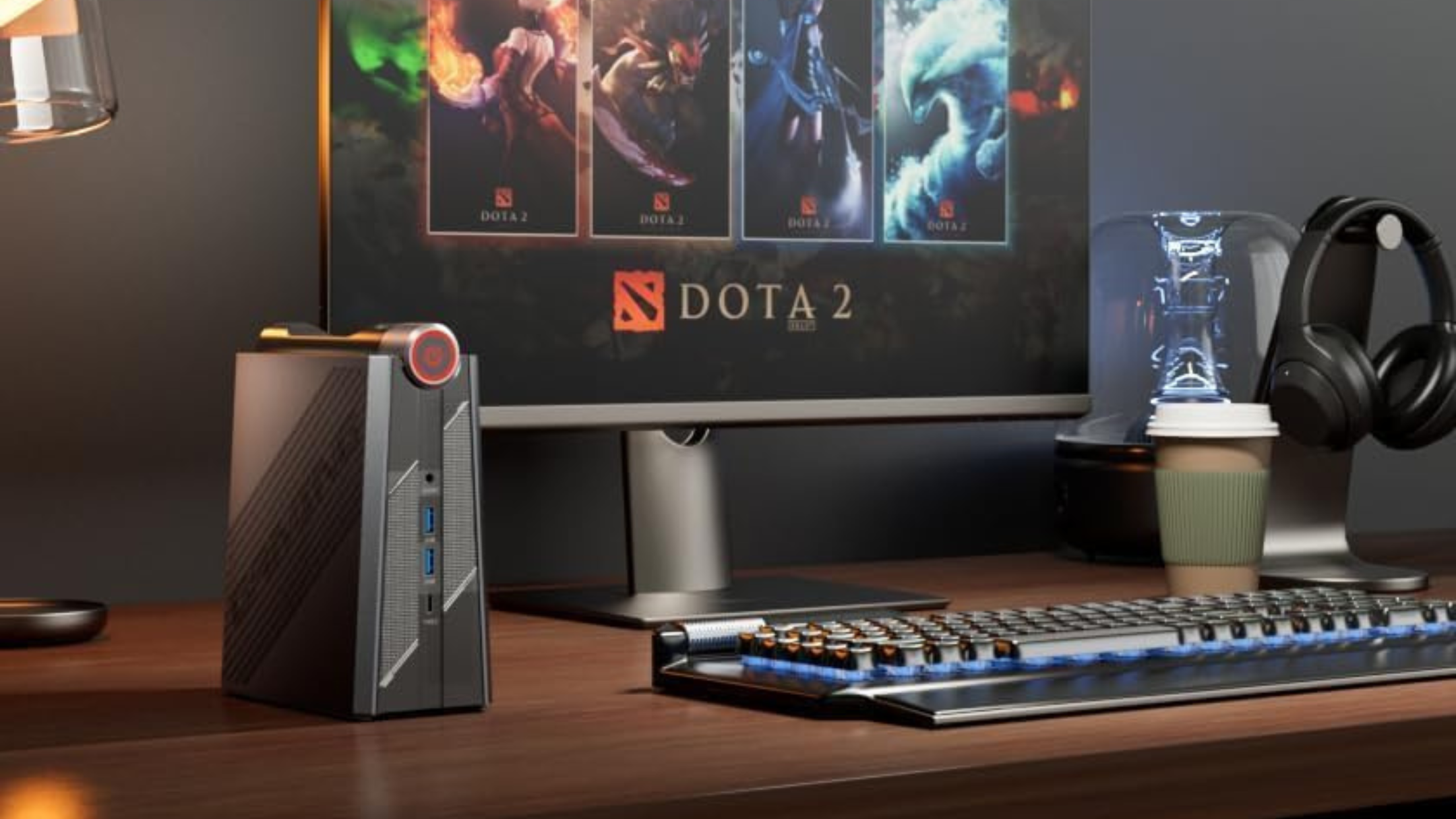
Mini PCs have rapidly become a centerpiece of the gaming tech landscape, offering an impressive combination of power, flexibility, and space-saving design. Modern mini PCs, such as those powered by Intel NUC or AMD Ryzen processors, can rival the performance of full-sized desktop rigs. This leap forward stems from dramatic improvements in chip efficiency, thermal management, and modular upgradability. For example, today's mini PCs can house dedicated graphics cards like NVIDIA RTX 4060 or even 4070 mobile variants, making them capable of handling AAA games at high settings and impressive frame rates. The popularity of these devices reflects in retail sales: research from Canalys shows a notable uptick in mini PC shipments, particularly among gamers and creative professionals who want flexible setups without a footprint.
Affordability is a major attraction. While a custom desktop can easily cost $2000 or more, mini PCs with solid gaming credentials often start at under $800, democratizing access to performance computing. Gamers living in small apartments, college dorms, or households with limited space especially appreciate how mini PCs fit neatly into entertainment centers or even behind monitors. The plug-and-play nature also enables users to switch work and play environments with minimal hassle—an advantage for hybrid workers and students.
Reviews from prominent gaming publications and tech YouTubers highlight real-world use cases: a gamer in Tokyo built a home entertainment hub within a 12-inch cube, running immersive VR games and 4K streaming; a digital nomad in Berlin regularly travels with a mini PC in his carry-on, gaming and editing video on the move. Energy efficiency is another selling point, with many models drawing half the power of traditional towers, reducing both electricity bills and environmental impact. In addition, quieter operations due to better cooling solutions provide a more pleasant gaming and working environment.
Industry experts predict that ongoing advances will push the boundaries even further, such as integrating AI accelerators and expanding modularity for RAM and storage. As a result, mini PCs will continue to attract a diverse base of users—from hard-core gamers who want a secondary portable device to professionals looking to consolidate workspace clutter and families seeking an all-in-one entertainment station. The future is bright for mini PCs as the synthesis of compact design, high performance, and affordability reshapes what’s possible in gaming and general computing.
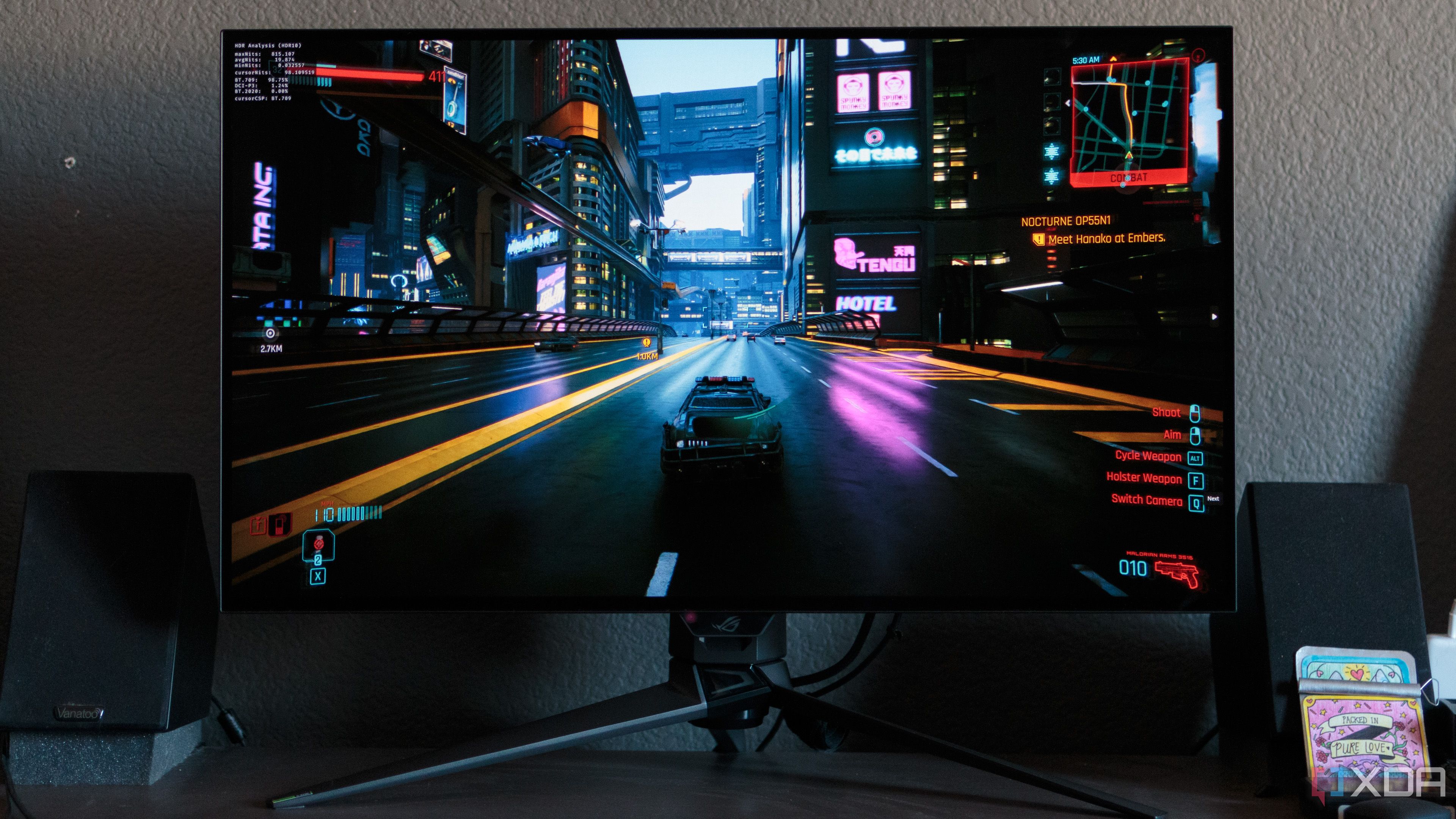
The market for gaming monitors is crowded with technical jargon and eye-catching features, but not all specifications contribute equally to a quality gaming experience. The core specs that truly shape your gameplay are refresh rate, response time, panel type, and resolution. A high refresh rate—at least 120Hz or 144Hz—is imperative for smooth, tear-free motion, making fast-paced genres like shooters and racing games more immersive and responsive. Professional e-sports players and enthusiast gamers consistently rank high refresh rates as a non-negotiable requirement, noting the edge it offers in precision and timing.
Low response time is equally crucial, ideally under 5ms or even lower. This minimizes motion blur and ghosting, ensuring sharp visuals during frantic movement. A monitor’s panel technology also plays a significant role in color accuracy, viewing angles, and general versatility. IPS panels are favored for vibrant colors and wide viewing angles—a boon for both gaming and creative work—while VA panels offer deeper contrast, and TN panels prioritize speed over visual richness.
Resolution, such as 1440p (QHD) or 2160p (4K), determines the clarity of your visuals. Today’s graphics cards can drive higher resolutions at higher refresh rates, but finding the right balance for your PC’s capability is essential. Experts caution against being swayed by flashy features like RGB lighting or artificially inflated contrast ratios, as these tend to have negligible impact on real-world performance. User reviews and expert tech columns highlight the importance of G-Sync and FreeSync support, which synchronize graphics card output with monitor refresh rate, virtually eliminating screen tearing and input lag.
For practical buyers, the best approach is to focus on essential specs and test monitors in person if possible, as user comfort and personal preference—such as screen curvature and stand adjustability—can affect long-term satisfaction. As display technology advances, OLED monitors and mini-LED backlighting are starting to trickle into mainstream price brackets, promising even better visuals and color accuracy. Savvy consumers should look beyond the marketing bluster and evaluate monitors based on their unique needs, ensuring the upgrade genuinely enhances the gaming experience. Prioritizing these key specs leads to better decision-making and a more engaging time in both gaming and everyday tasks.
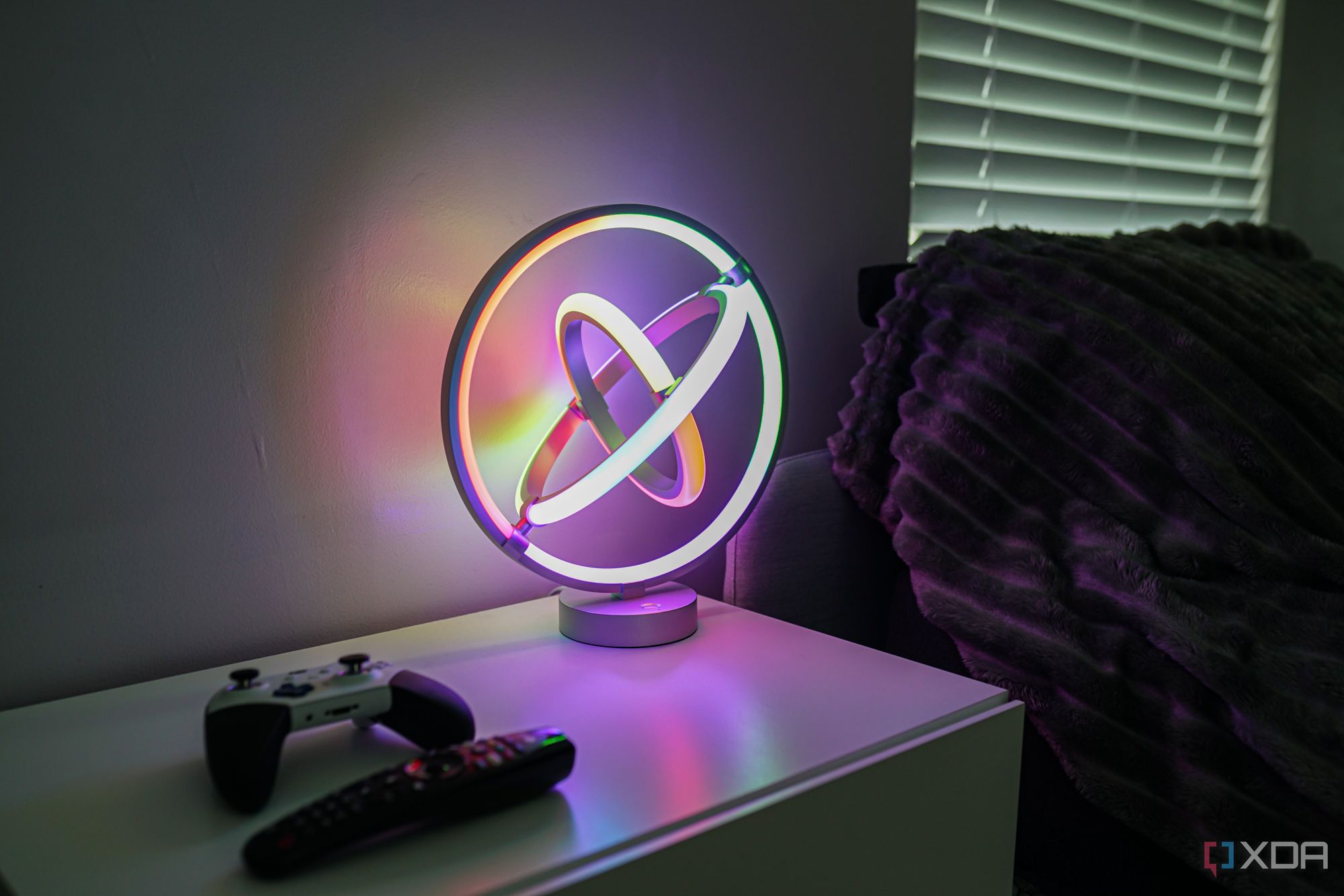
The smart home market is experiencing transformative growth, driven by a wave of AI-powered gadgets that promise to make our living spaces more personalized, efficient, and responsive. Devices like intelligent lamps, AI-driven thermostats, robotic vacuums, and smart speakers have rapidly moved from novelty to necessity for millions. The genius of these products lies in their ability to anticipate needs, automate tasks, and optimize routines. For instance, AI-enhanced lamps can now adjust brightness and color temperature throughout the day, supporting circadian rhythms for better sleep quality and increased daytime alertness.
Leading brands such as Google, Amazon, and Philips are investing heavily in advancing AI algorithms for home automation. Their smart speakers and displays now process natural language commands with remarkable accuracy, allowing seamless control of music, lighting, security systems, and even grocery lists. Some AI thermostats like the Google Nest learn users’ patterns and automatically adjust climate settings, resulting in energy savings that can lower utility bills by up to 15%. Similarly, robot vacuums with AI-powered navigation adapt to changing layouts and detect dirty spots, making cleaning routines practically hands-free.
However, real-world adoption is not without challenges. Experts caution that while many smart gadgets genuinely improve convenience, others can overpromise and deliver features that feel redundant or overly complex. Anecdotal evidence from homeowners suggests that the best AI-powered devices are those that quietly integrate into daily life, requiring minimal input once set up. Consumer advocacy groups highlight the importance of interoperability and robust privacy protections, as the proliferation of always-on microphones and cameras raises valid concerns about data security.
Looking forward, industry analysts predict a shift toward refining existing features rather than flooding the market with more devices. The next generation of AI gadgets is expected to focus on hyper-personalization, learning not just schedules and preferences, but also adapting to moods and changing household dynamics. As AI matures, the promise is a future where home technology works in the background—reliable, invisible, and profoundly supportive of comfort, productivity, and wellbeing. For consumers, being discerning about which devices to adopt, and ensuring strong privacy controls, will be key to maximizing value from the smart home revolution.
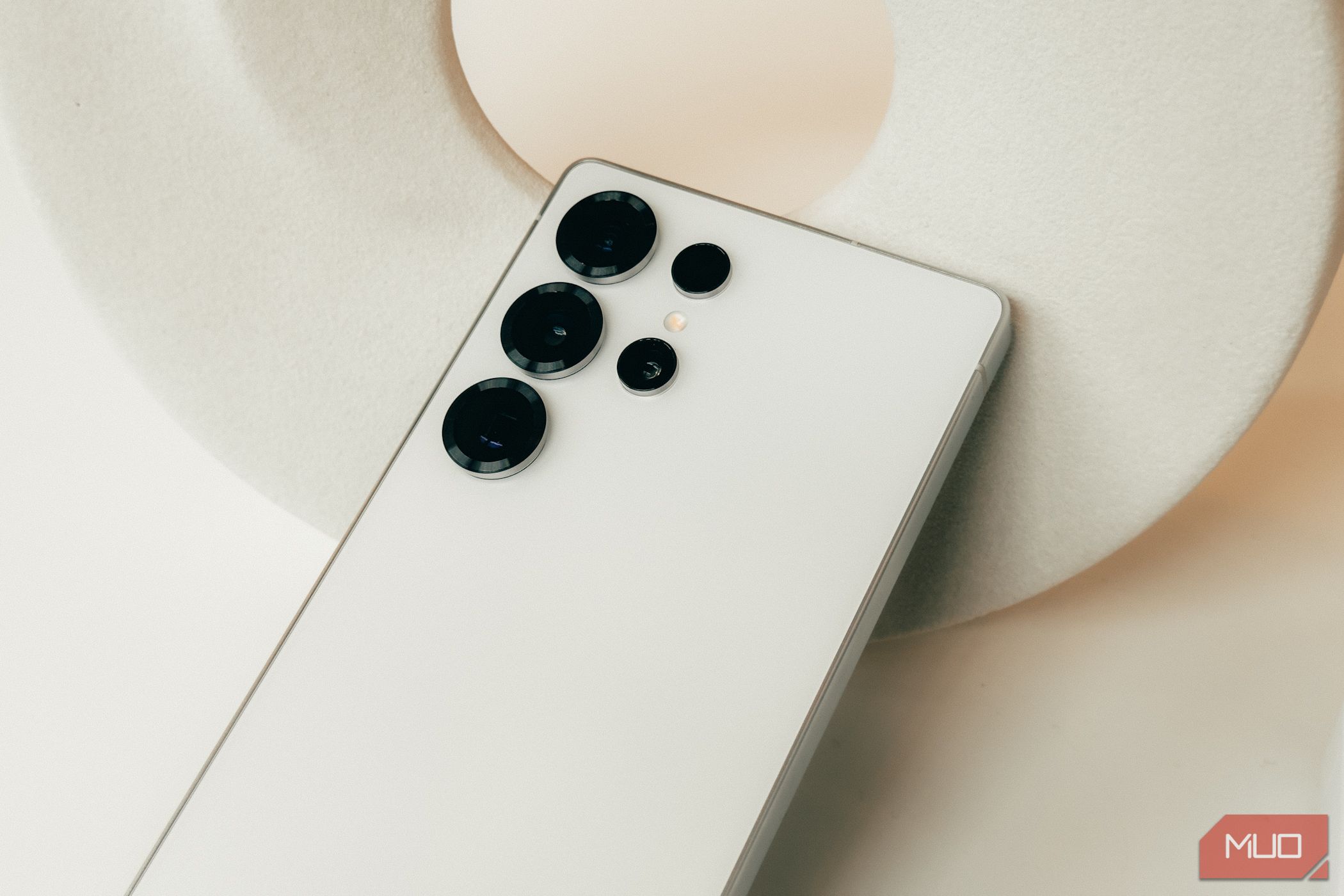
Gamified fitness apps have fundamentally shifted the landscape of health and exercise, making it easier and more enjoyable for people to stay active in busy, digitally connected lives. These apps, such as Strava, Zombies, Run!, and Apple Fitness+, turn workouts into interactive experiences by layering elements of competition, rewards, and storytelling over traditional fitness routines. Leaderboards, achievements, and daily challenges tap into the natural human drive for accomplishment and social interaction, which psychologists recognize as a key motivator for behavior change.
User data supports the effectiveness of this approach. Studies from the American Council on Exercise report that participants using gamified fitness apps are 30% more likely to stick to their exercise routines compared to those who use standard tracking apps. Real users credit streaks, virtual badges, and the ability to join global challenges with friends as reasons they work out more frequently and with greater enthusiasm. Fitness communities within these platforms create a sense of accountability—one of the most powerful predictors of long-term success.
Wearable integration further enhances gamification. Devices like the Apple Watch or Fitbit not only track movement, heart rate, and calories burned, but also sync with apps to unlock in-game rewards or trigger story progressions, blurring the line between gaming and real-world activity. For example, Pokémon Go incentivizes walking and exploration, and Strava’s clubs foster friendly competition through distance races and monthly milestones.
Experts view this trend as more than a passing fad, especially as AI personal trainers and adaptive challenges become widespread. The future of gamified fitness points toward highly customized experiences where routines are continually adjusted for variety and progression, ensuring ongoing engagement. As more people seek alternatives to traditional gyms and cultivate at-home or outdoor fitness habits, gamified platforms provide both structure and spontaneity.
Ultimately, gamifying fitness transforms exercise from a chore into a source of daily achievement and fun. For those struggling with motivation, the blend of rewards, community, and real-time feedback offers a proven strategy to get moving and stay moving—and as technology evolves, the possibilities for innovation in this space are set to grow even further.
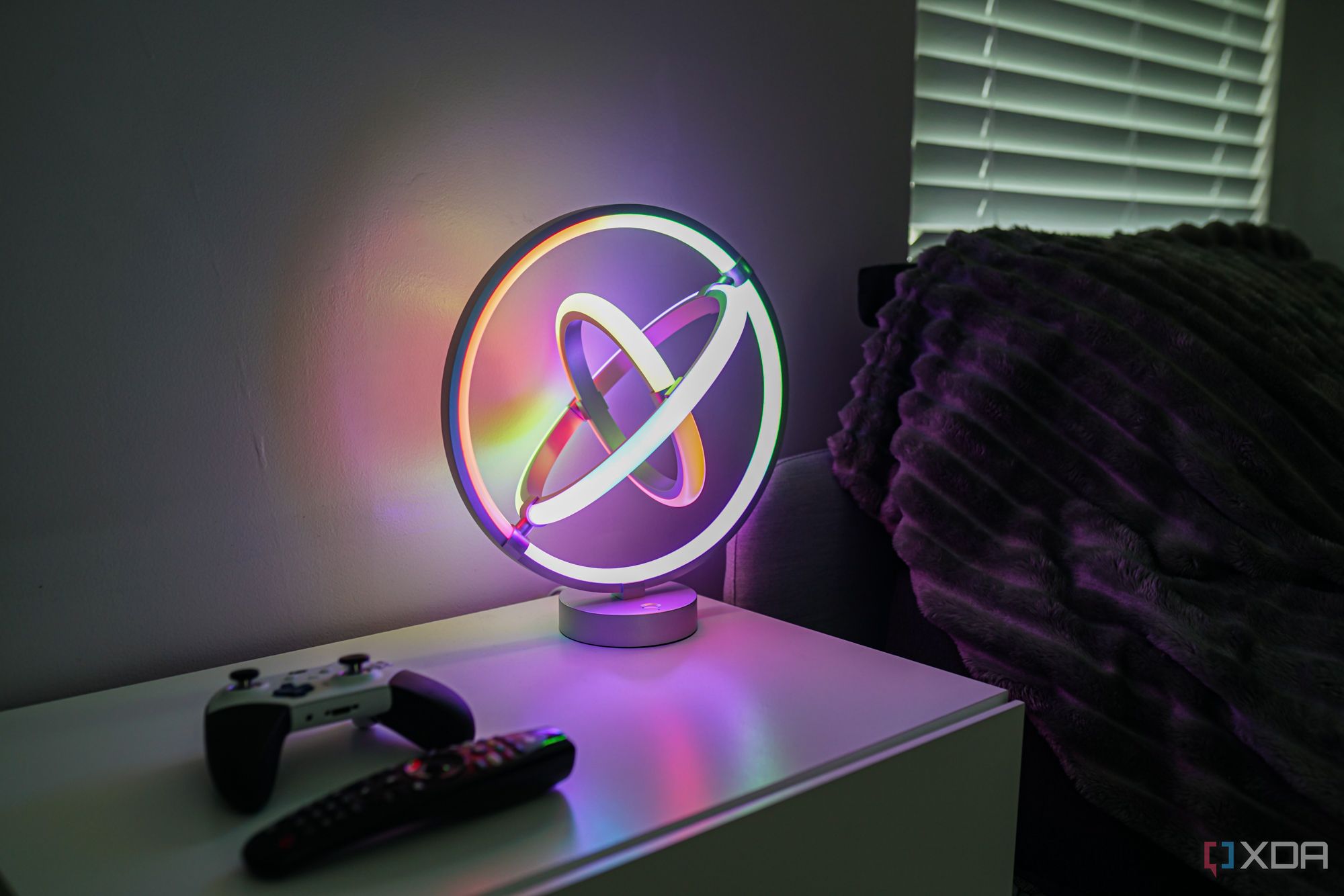
Technology is redefining the boundaries of productivity, creating a new era where informed decision-making and habit formation are at the core of personal and organizational effectiveness. The surge in AI-driven tools is at the center of this revolution, particularly in information access. Conversational AI, semantic search engines, and local language models allow users to interact with data and resources more naturally, surfacing relevant insights without overwhelming noise. This means professionals, students, and creatives spend less time searching and more time acting.
The evolution goes further with habit-formation platforms. Apps like Habitica and Streaks use behavioral science to help users establish routines, leverage dopamine-driven feedback, and automate daily actions. By setting micro-goals and building in triggers for reflection and reset, these tools shift productivity from sporadic bursts to sustained growth. Science-backed methods such as the "cue-routine-reward" loop described by Charles Duhigg, and James Clear’s emphasis on environment design, are now embedded in digital products to foster positive habits.
Communication is another pillar of the productivity revolution. Structured newsletters, project management platforms, and digital bulletins help teams cut through information overload and prioritize critical updates, boosting engagement and clarity. Successful organizations increasingly view communication as a strategic asset; for example, Atlassian’s Work Life newsletter intersperses company news with actionable advice, driving both morale and measurable outcomes.
Looking ahead, experts predict that leaders who embrace user agency, flexible workflows, and digital wellness principles will outperform those relying on outdated, prescriptive systems. The convergence of AI, behavioral psychology, and intentional digital design means productivity is no longer about working harder, but working smarter—and sometimes, working less to achieve more. As both individuals and enterprises harness these trends, the result is a dynamic, adaptive digital ecosystem where energy and attention are optimized for what matters most.
